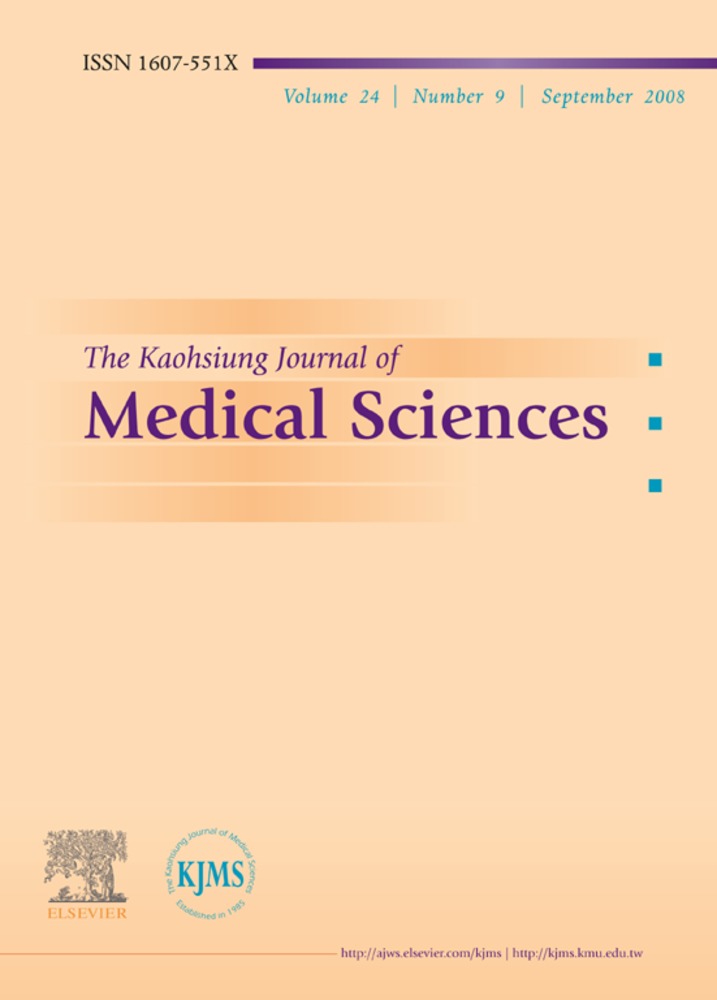Comparison of Automated 4D-MSPECT and Visual Analysis for Evaluating Myocardial Perfusion in Coronary Artery Disease
Abstract
The aim of this study was to assess the reproducibility and diagnostic performance for coronary artery disease (CAD) of an automated software package, 4D-MSPECT, and compare the results with a visual approach. We enrolled 60 patients without previously known CAD, who underwent dual-isotope rest Tl-201/stress Tc-99m sestamibi myocardial perfusion imaging and subsequent coronary angiography within 3 months. The automated summed stress score (A-SSS), summed rest score (A-SRS) and summed difference score (A-SDS) were obtained using a 17-segment five-point scale model with 4D-MSPECT. For intraobserver and interobserver variability assessment, automated scoring was done by a nuclear medicine physician twice and by a nuclear medicine technologist. The visual summed stress score (V-SSS), summed rest score (V-SRS), and summed difference score (V-SDS) were obtained by consensus of two nuclear medicine physicians. The intraobserver and interobserver agreements of automated segmental scores were excellent. The intraobserver and interobserver summed scores also correlated well. Agreements between visual and automated segmental scores were moderate (weighted κ of 0.55 and 0.50 for stress and rest images, respectively). Correlations between automated and visual summed scores were high, with correlation coefficients of 0.89, 0.85 and 0.82 for SSS, SRS and SDS, respectively (all p < 0.001). The receiver operating characteristic area under the curve for diagnosis of CAD by V-SSS, V-SDS, A-SSS and A-SDS were 0.78 ± 0.06, 0.87 ± 0.05, 0.84 ± 0.05 and 0.90 ± 0.04, respectively. A-SDS had better diagnostic performance than A-SSS and V-SSS (p = 0.043 and p = 0.032, respectively), whereas there was no statistically significant difference between A-SDS and V-SDS (p = 0.56). Using V-SDS ≥ 2 as a diagnostic threshold, the sensitivity, specificity, and accuracy for CAD were 83.7%, 76.5% and 81.7%, respectively. Using A-SDS ≥ 3 as a diagnostic threshold, the sensitivity, specificity, and accuracy for CAD were 79.1%, 82.4% and 80.0%, respectively. In conclusion, the reproducibility of automated semiquantitative analysis with 4D-MSPECT was excellent. The diagnostic performance of automated semiquantitative analysis with 4D-MSPECT was comparable with the visual approach.




